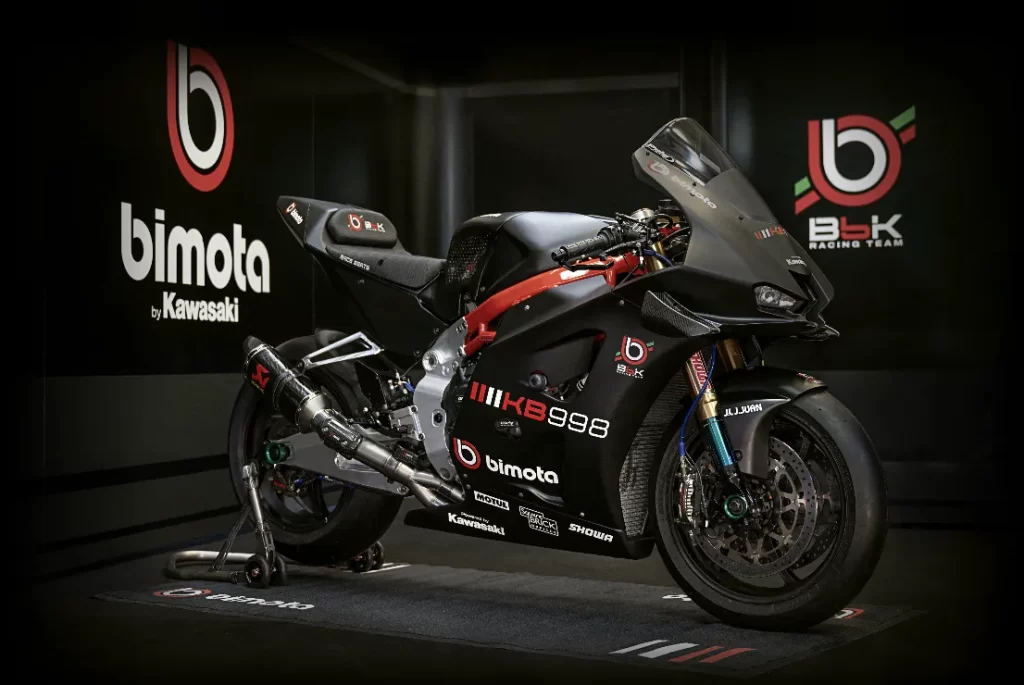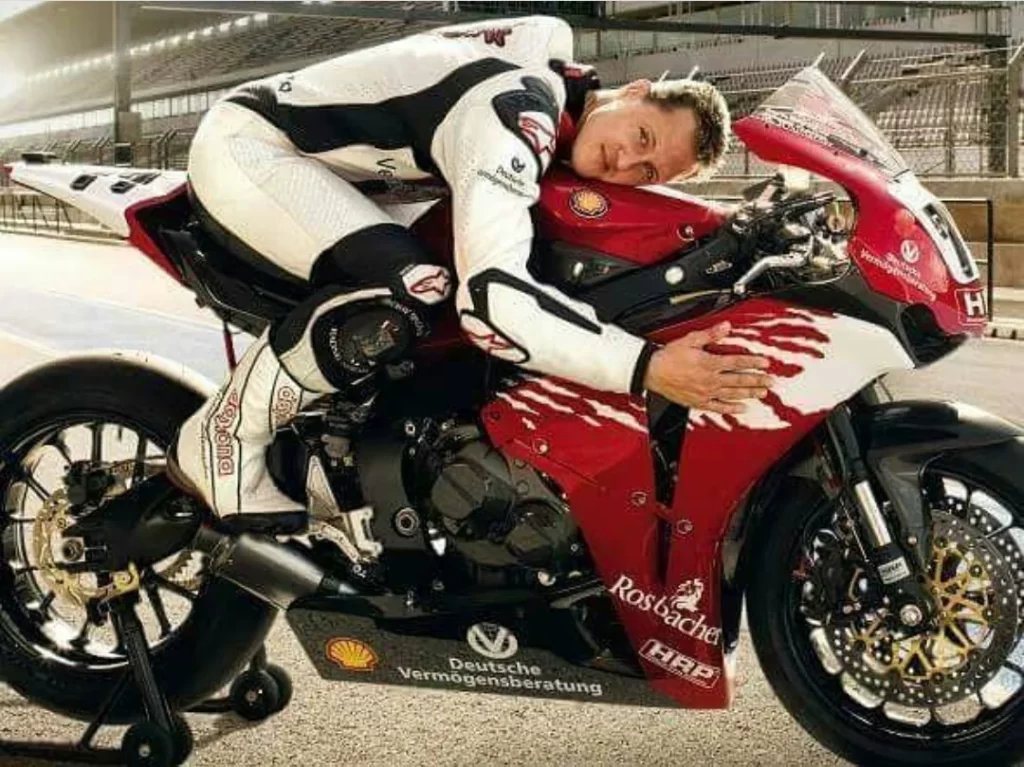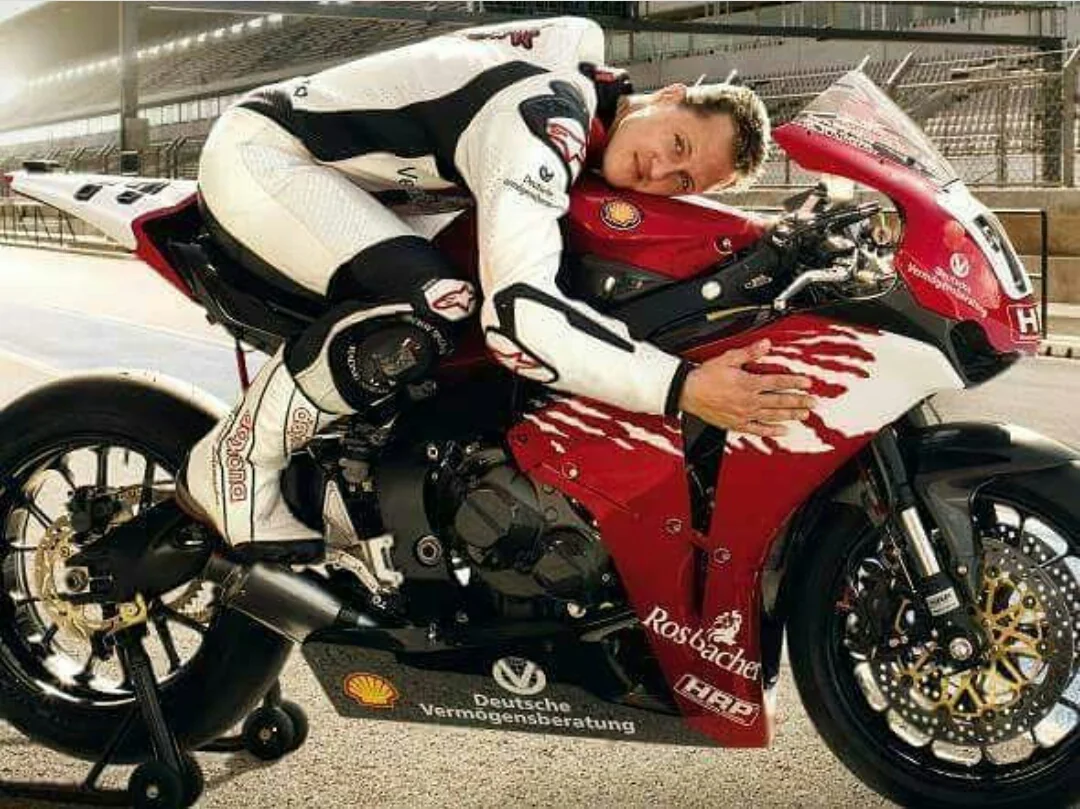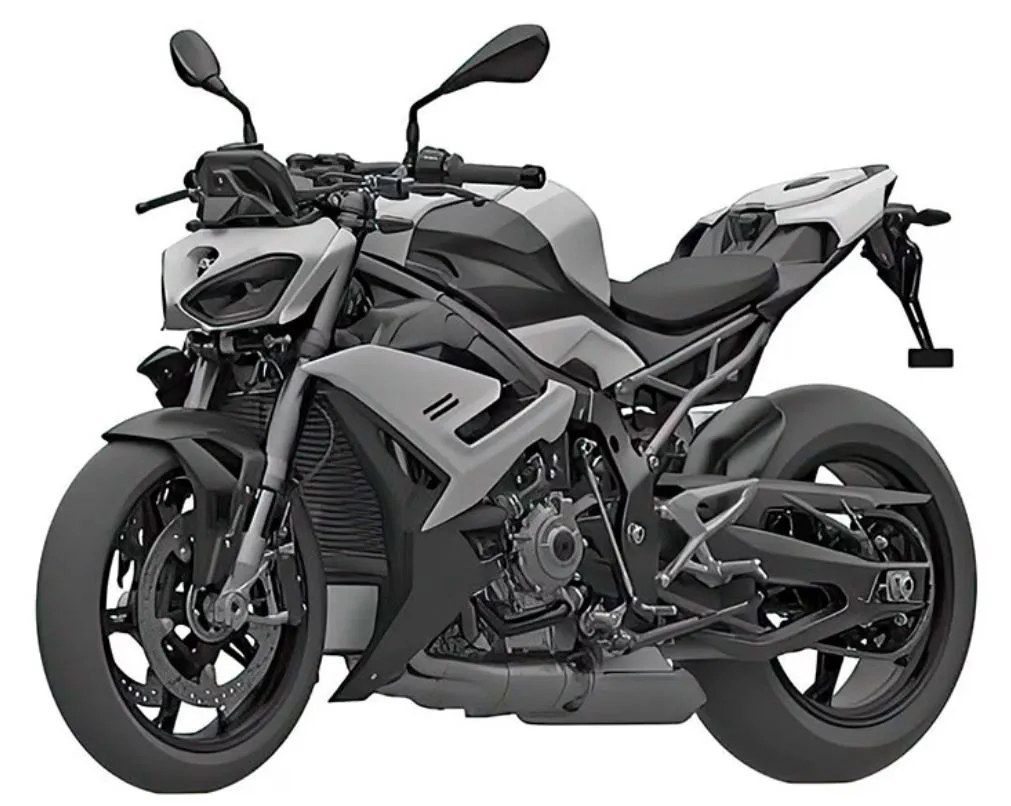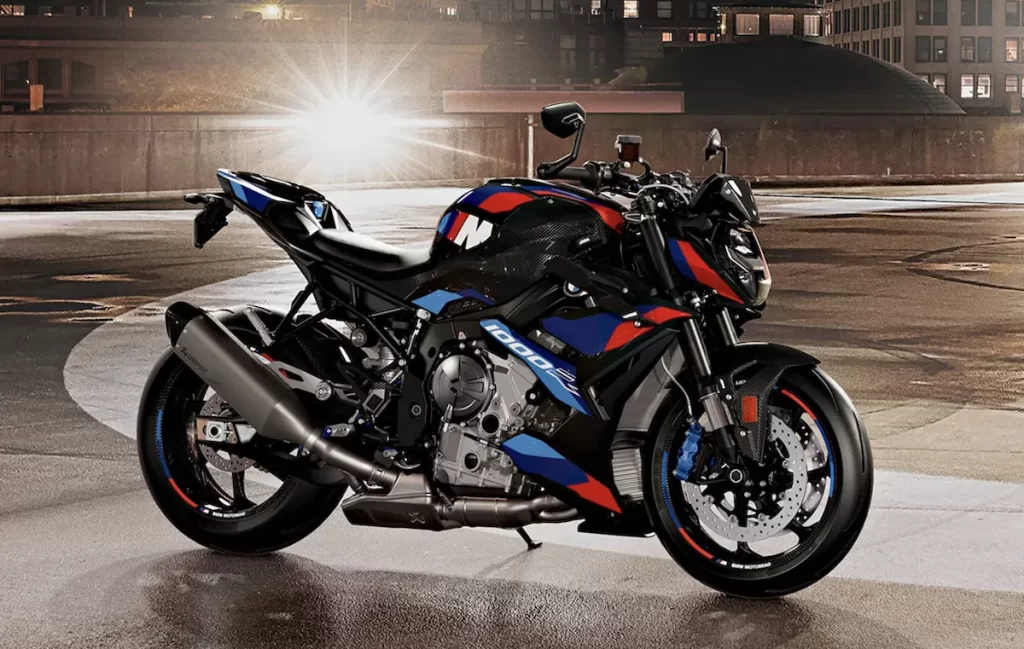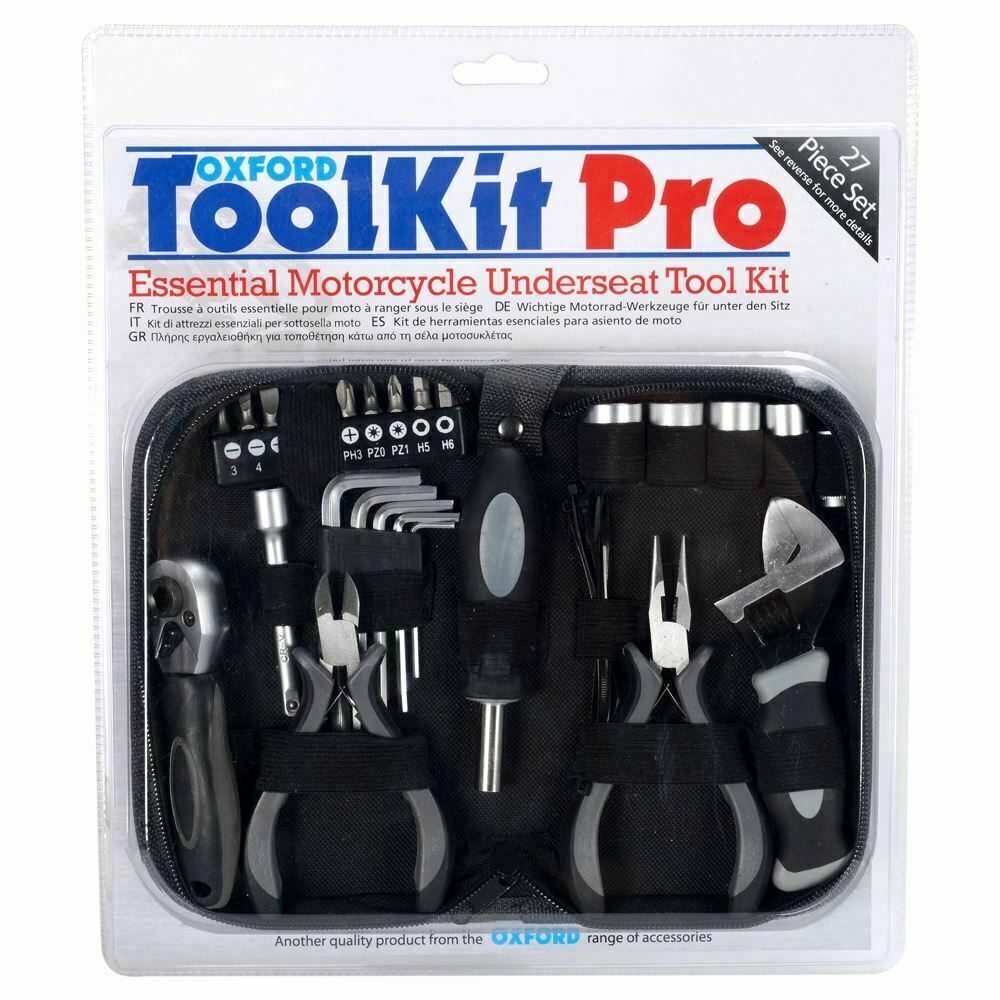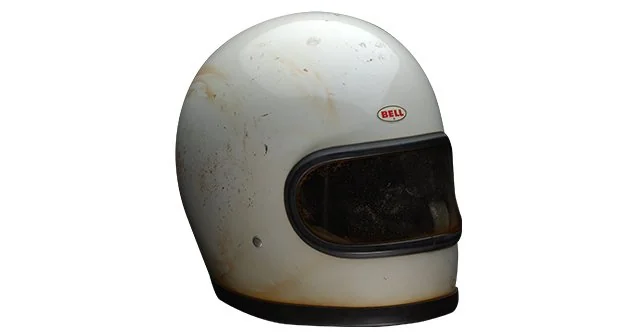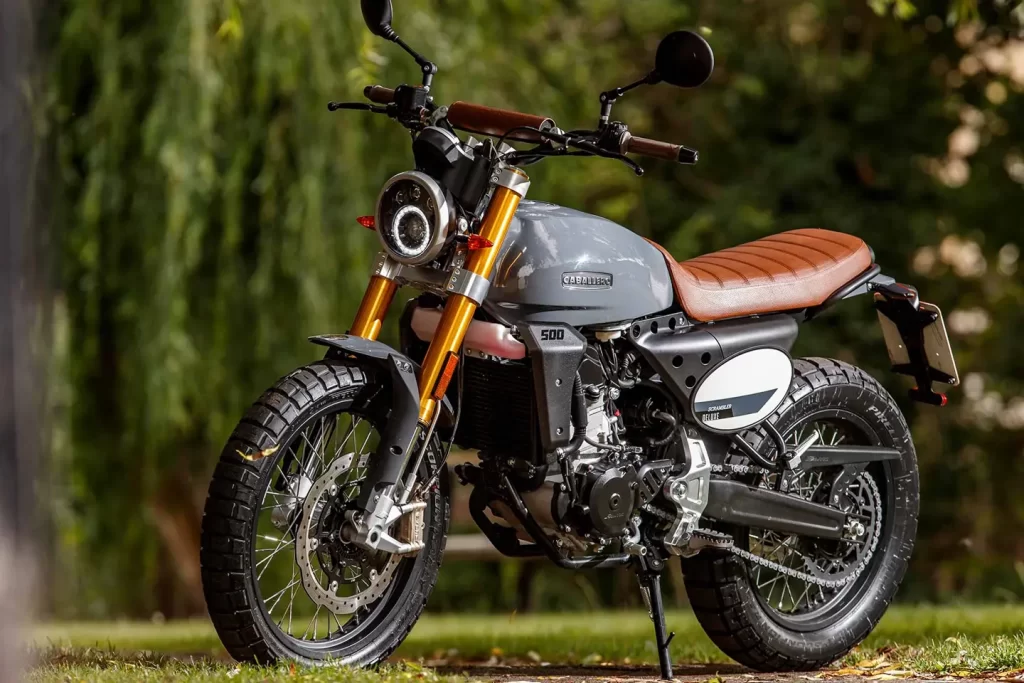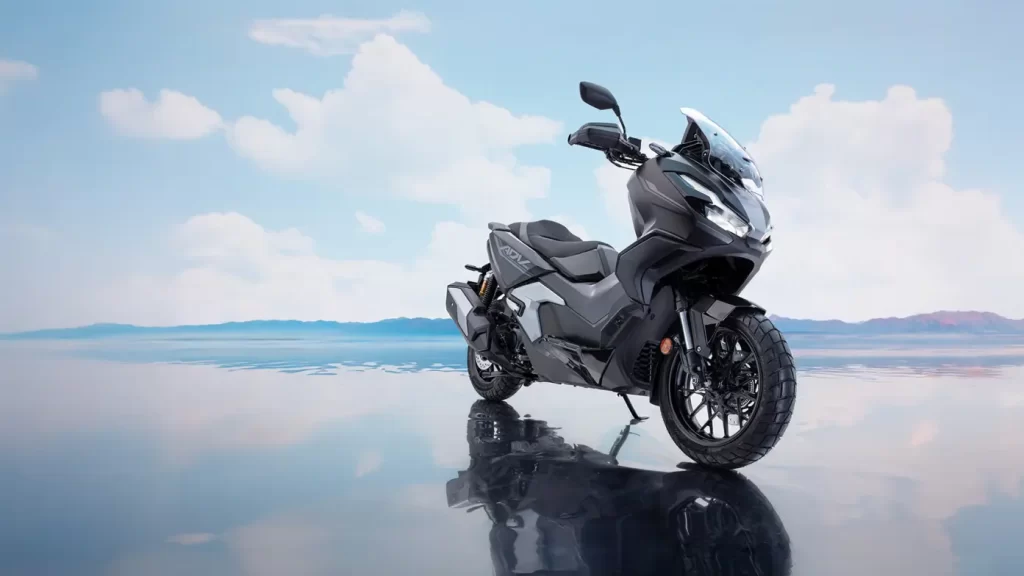Ride a motorcycle and hang around with other motorcyclists long enough and you will start to hear all sorts of myths. These myths involve every aspect of riding from riding techniques to components to maintenance. Today, we will look at the 10 most common and alarming tyre myths.
Tyres have come a long way since the invention of pneumatic tyres. Unfortunately, myths started to appear along the way as there is more and more misunderstanding when it comes to the technology and science of modern tyres.
1. “Racing compound tyres faster, safer.”
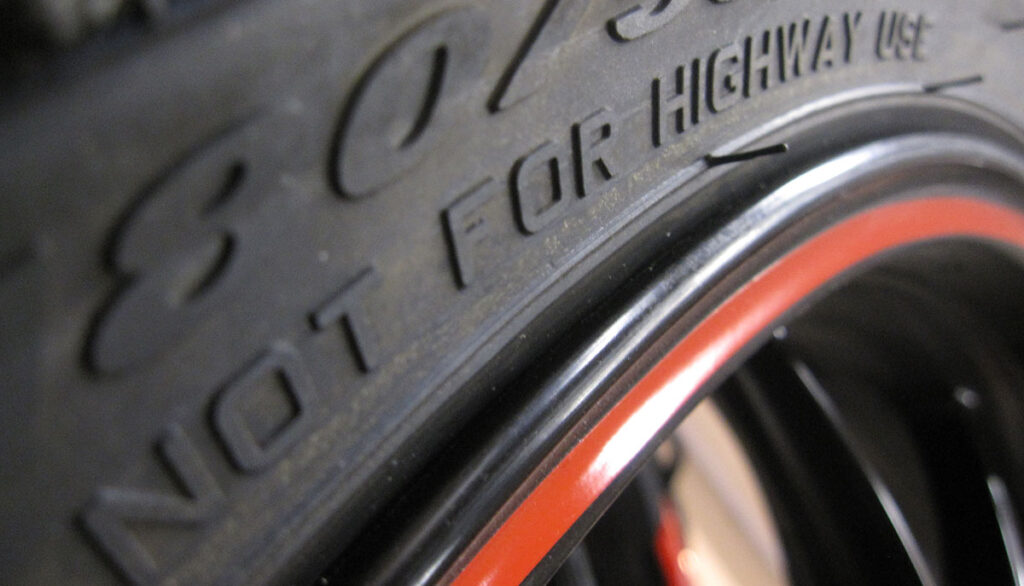
First and foremost, not all products meant for racing are suitable for everyday street use. For example, racing brake fluid is totally unsuitable for road use as it is super hydrophilic.
Back to tyres, there are reasons why there are different types of tyres for different purposes. Each type is designed to accommodate variables such as grip, longevity, weather, heat cycles, comfort and feel, warm-up times, etc.
That said, leave the racing slicks for the track and stick to sport/track, sport, sport-touring, road/adventure tyres for the road.
2. “Ride aggressively to break in new tyres.”
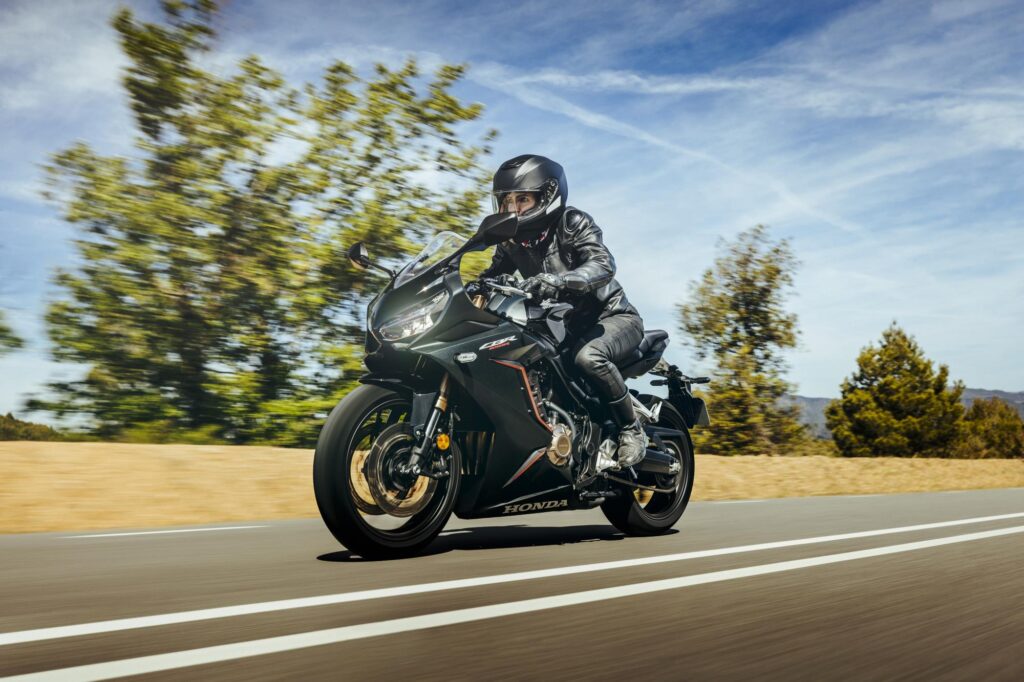
While it is true that tyre makers have stopped using mould release agent during the manufacturing process, a new tyre still needs to be broken in. Heat generated from riding further homogenises the different compounds in the tyre’s compound (because it is made up of many different materials hence the word), while friction with the road scuffs away the smooth surface of the tread.
As such, riding too aggressively on new tyres will cause the compounds to not break in correctly, and will usually result in a bad tyre by the time you get their midlife. So take it easy for at least the first 300km.
3. “Breaking in new tyres is faster with lower inflation pressure.”
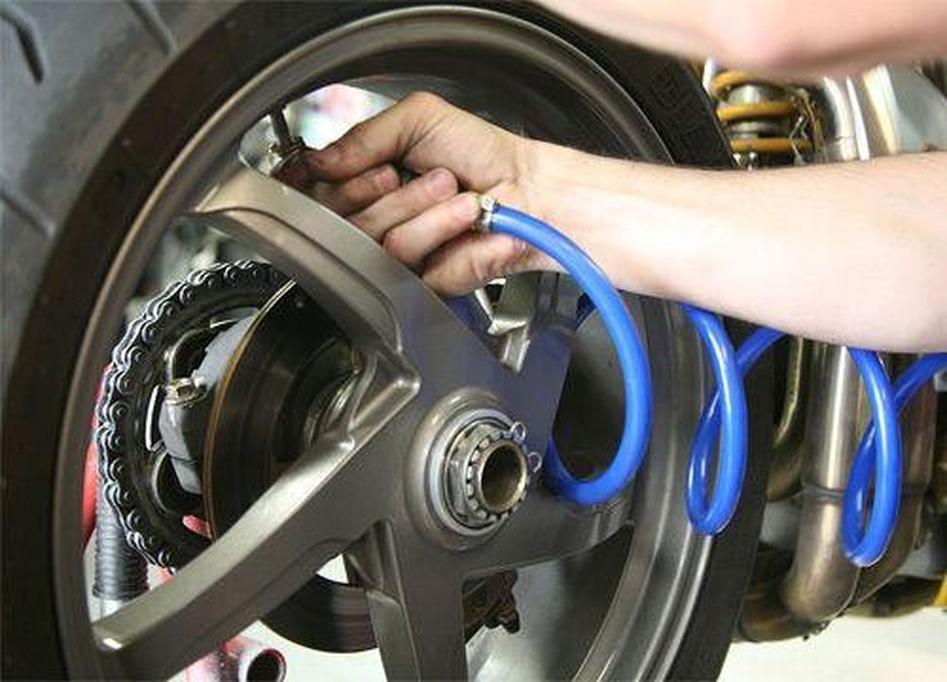
Best to stick with the recommended tyre pressure. Running a tyre with lower inflation pressure will generate too much heat too quickly and can result in overcooking the elements in the compound and destroying the tyre in the process. Also, running lower pressures on the road may cause bump damage to the tyre and rim, apart from higher rolling resistance, more steering effort, and increased fuel consumption.
4. “Traction is due the tread compound.”
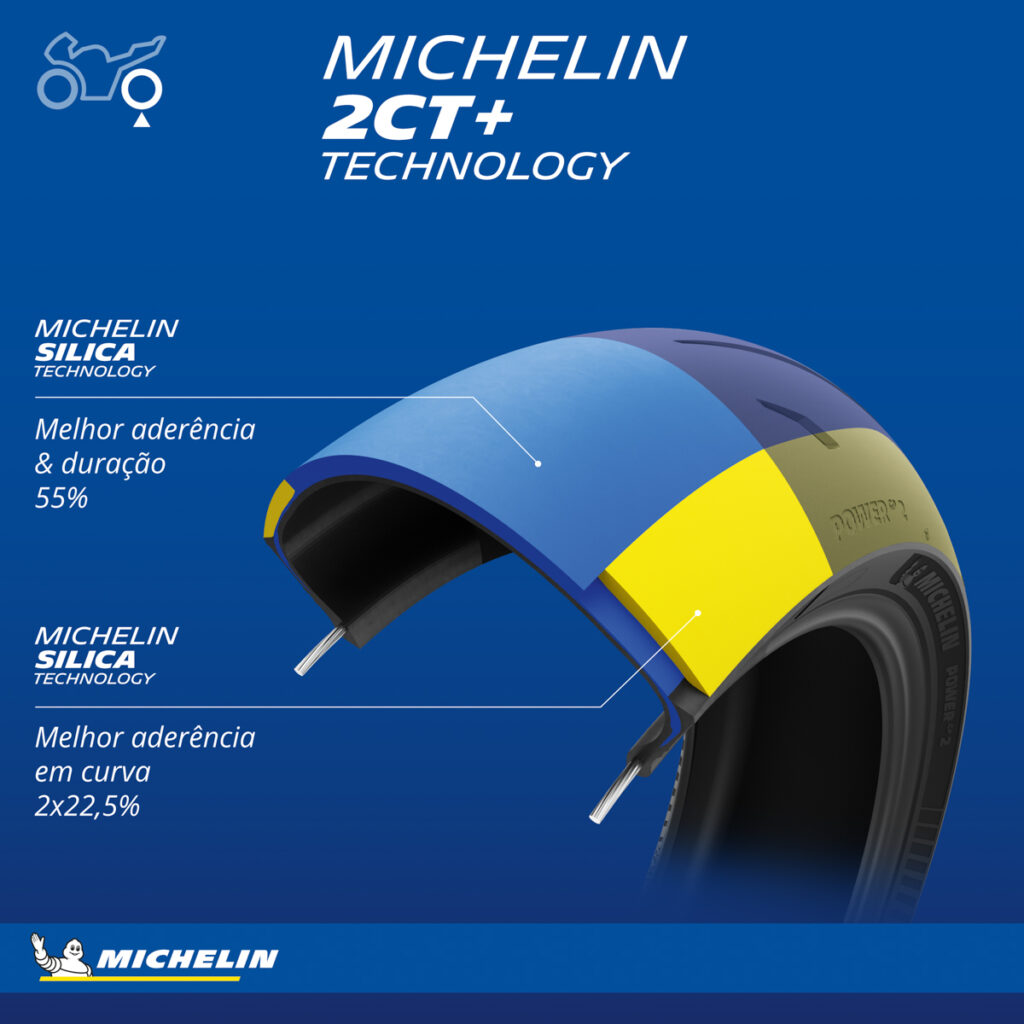
It is true that traction is the result of friction between the tyre’s tread and road surface, thus a softer compound offers more traction. However, there are also other complex mechanics at play that influence a tyre’s grip performance.
The construction of the tyre’s carcass and sidewalls also play a large factor in traction. More malleable carcass and sidewalls allow the tyre to absorb bumps and conform to irregularities of the road surface, enhancing traction. Conversely, a harder tyre will bounce over road irregularities, thus compromising grip.
5. “Lower/higher inflation pressure is better for traction.”
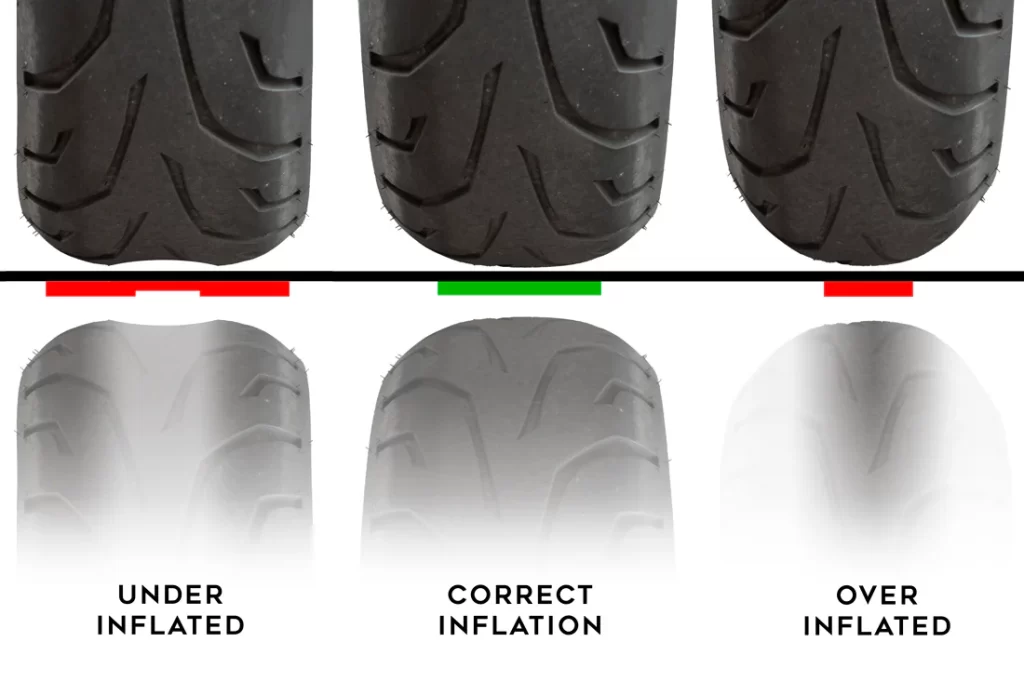
There are road riders who intentionally overinflate their tyres (by way too much!) because they want to “feel the tyres.” On the other hand, there are riders who lower the inflation pressure by too much to promote grip.
Truth is, the biggest issue here is due to incorrect riding techniques. Sticking to the recommended pressure is the best way, although you may increase or decrease the pressure slightly to cater for bodyweight, passenger, cargo, tyre construction, and such, but not by a whopping 30-100 kPa!
6. “Sport-touring tyres are for slow riders”
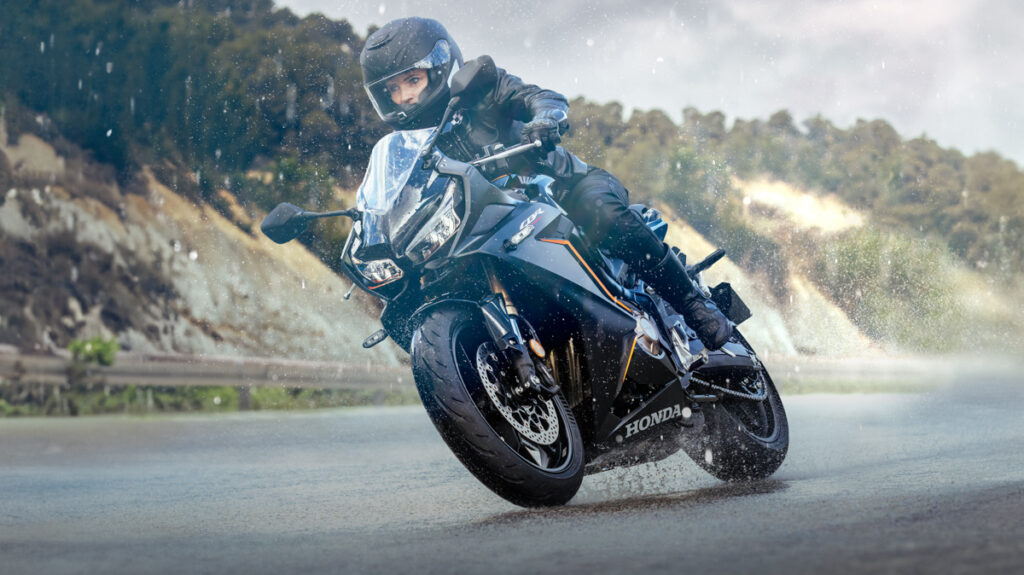
The question here is slow in what sense? On the road? On the track? For the daily commute? In good weather? Under heavy rain?
Of course, one should not use sport-touring tyres for racing, but there are sport-touring tyres that can be used on the track for high paced riding, just not for all-out racing. Truth is, there are current sport-touring tyres can outpace sport-oriented tyres of just two generations ago on the track! Sure, sport tyres are grippier, but sport-touring tyres are by no means inferior especially when the road conditions get gnarly, and in the rain.
7. “You can just leave a ‘cacing’ in place.”
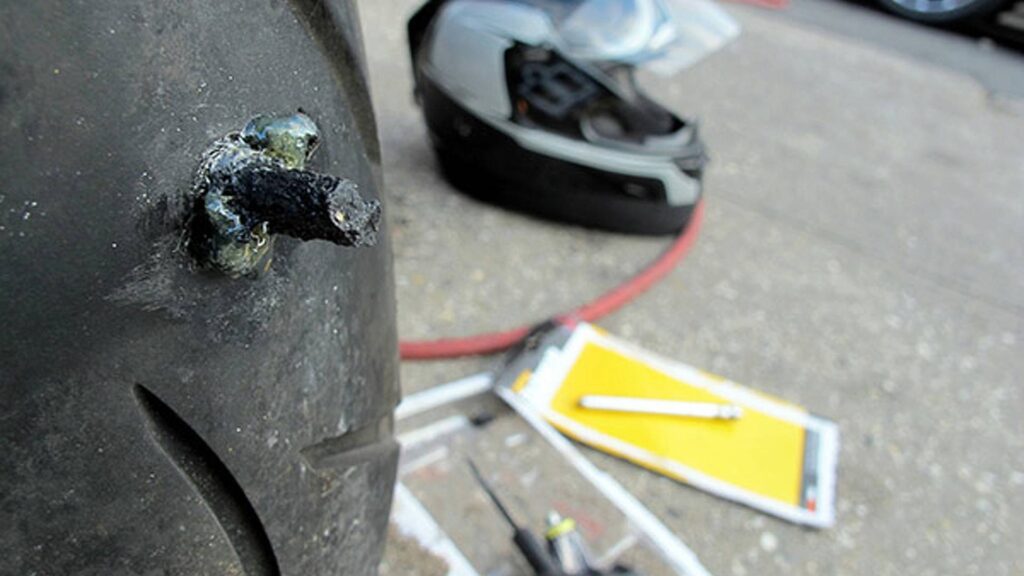
Using the rope repair (‘cacing’ in Malaysia) is a temporary fix for a puncture, intended to get the rider to the nearest workshop. Leaving the rope in place will cause the hole to grow bigger over time. Instead, the puncture should be repaired with the proper tyre plug as soon as possible. However, remember that a punctured and subsequently repaired tyre has its speed rating dropped by one level.
8. “Old tyres are bad.”
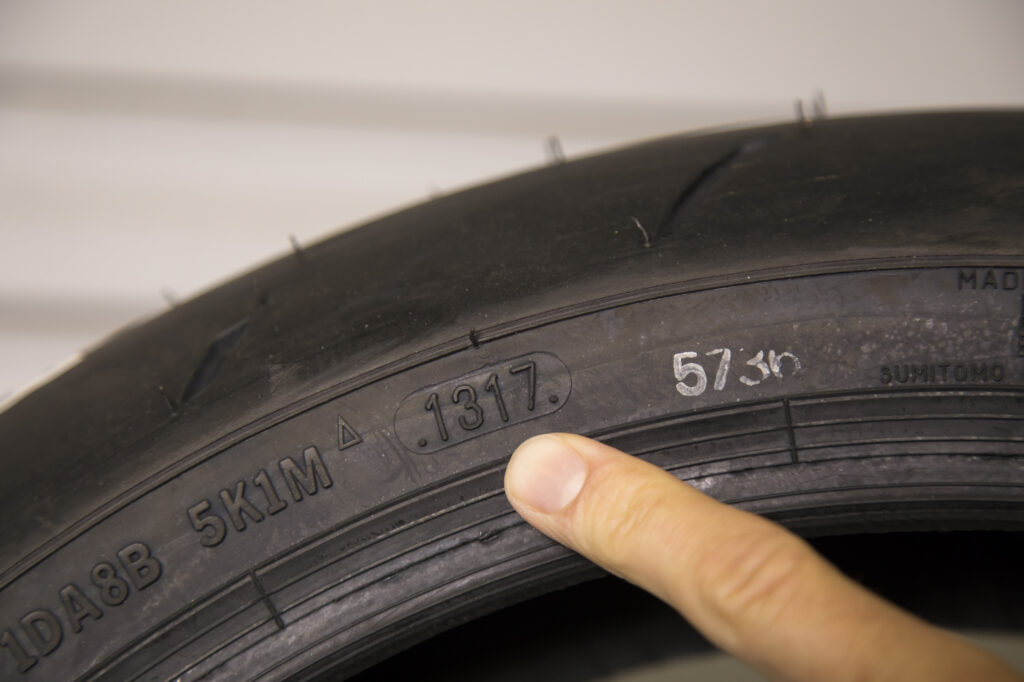
There is no “used by” date on any tyre. Why? Because there is no true expiry date. The condition of a new tyre depends more on how the workshop stores it. Improper storage such as leaving the tyre on a concrete floor and stacked to the ceiling, in a hot and humid environment will cause the tyre’s compound to oxidise faster. Conversely, an older tyre which was stored properly (stood up, rotated once a while, in a climate controlled area) will still be in great shape.
9. “No need to follow the tyre’s intended direction of rotation.”
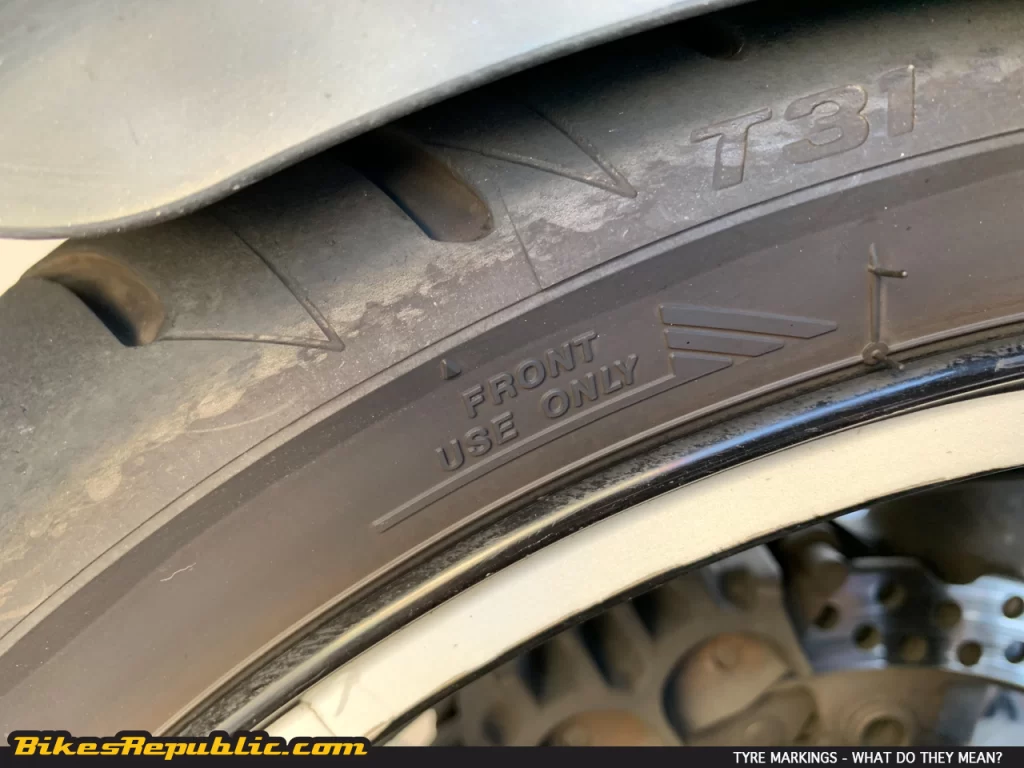
No, you should not. Tyre manufacturers designed and constructed a tyre with a certain rotational direction to optimise their performance. Mounting it backwards can lead to dire consequences. There are bidirectional tyres in the market, but the majority of road tyres are unidirectional.
10. “Mixing tyre type/brand is okay.”
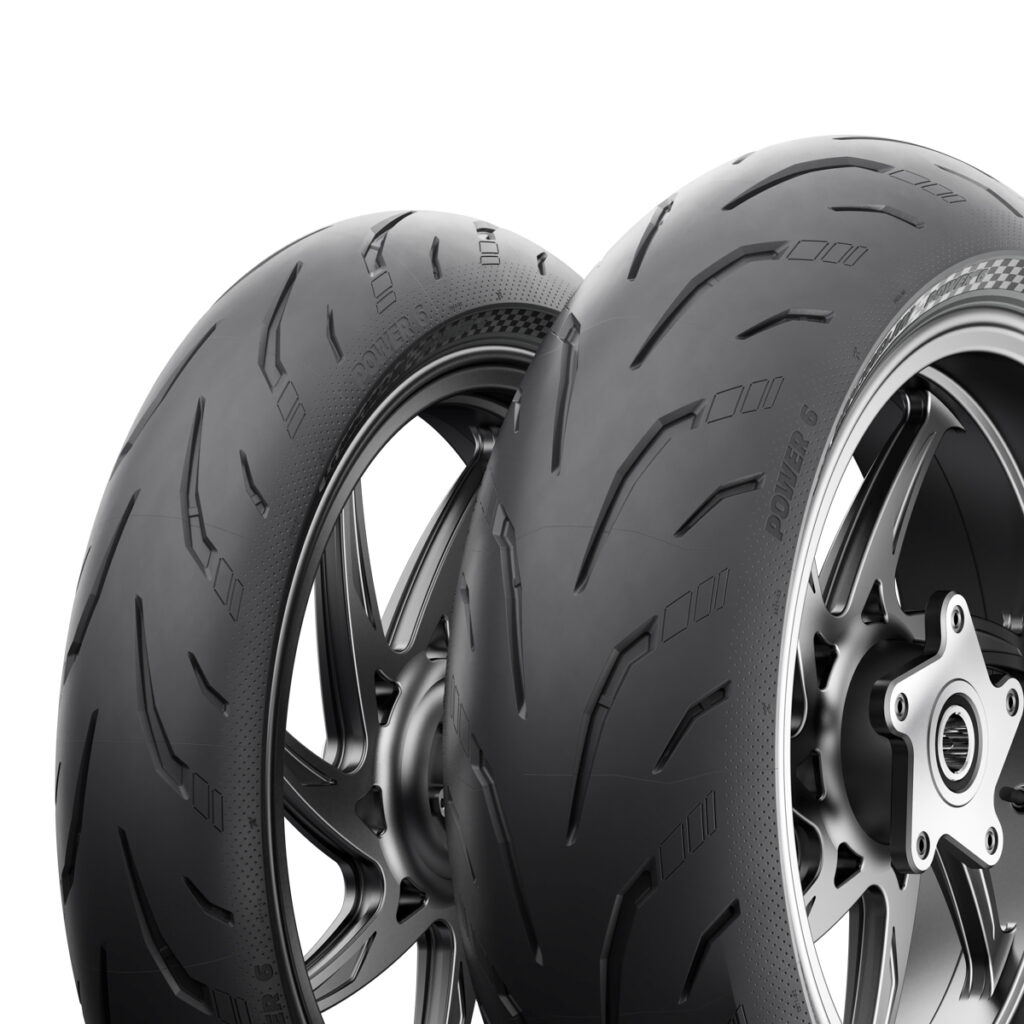
Different tyres have different properties and performance envelopes. As such, they are designed to work in pairs. Combining different tyres will compromise the bike’s handling characteristics and even safety. And no, it is not a conspiracy to sell more tyres!



